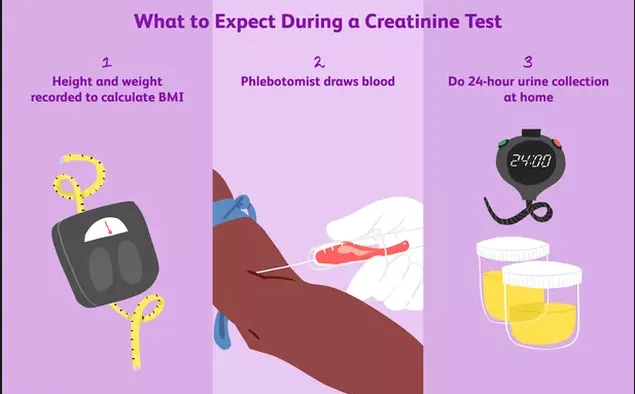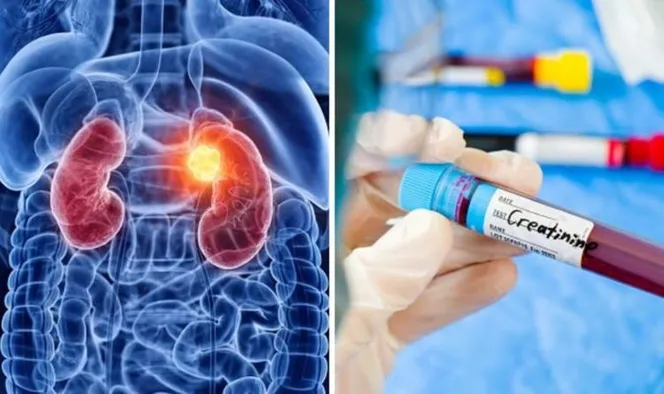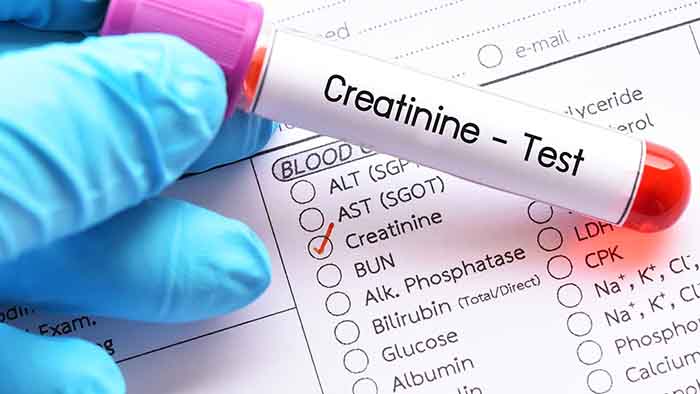Your kidneys are a pair of organs located in the region of your lower back. One kidney is on each side of your spine. Having kidney failure means that 85-90% of your kidney function is gone, and they don’t work well enough to keep you alive. There is no cure for kidney failure, but it is possible to live a long life with treatment.
If your kidney function drops below 15 percent of normal, you are said to have kidney failure. You may have symptoms from the buildup of waste products and extra water in your body.
What is a kidney?
The kidneys are a pair of bean-shaped organs on either side of your spine, below your ribs, and behind your belly. Each kidney is about 4 or 5 inches long, roughly the size of a large fist. Healthy kidneys filter about a half cup of blood every minute, removing wastes and extra water to make urine. The urine flows from the kidneys to the bladder through two thin tubes of muscle called ureters, one on each side of your bladder.
What is kidney failure?
Having kidney failure means that 85-90% of your kidney function is gone, and they don’t work well enough to keep you alive. When your kidneys are damaged, they may not work as well as they should. If the damage to your kidneys continues to get worse and your kidneys are less and less able to do their job, you have chronic kidney disease. Kidney failure is the last (most severe) stage of chronic kidney disease.
Normal range of creatinine
A normal result is 0.7 to 1.3 mg/dL (61.9 to 114.9 µmol/L) for men and 0.6 to 1.1 mg/dL (53 to 97.2 µmol/L) for women.

How high creatinine can damage kidneys?
Creatinine levels that reach 2.0 or more in babies and 5.0 or more in adults may indicate severe kidney impairment. There are many possible causes of high creatinine, some of which may be a one-time occurrence. Examples can include things such as dehydration or intake of large amounts of protein or the supplement creatine. All of these can be temporarily hard on your kidneys.
Can kidney failure be treated?
When your kidneys fail, it means they have stopped working well enough for you to survive without treatment. There is no cure for kidney failure (also called end-stage renal disease (ESRD)). But, many people live long lives on dialysis or with a kidney transplant.
Dialysis
Dialysis is a treatment for individuals whose kidneys are failing. There are two types of dialysis, hemodialysis, and peritoneal dialysis, that both perform normal kidney functions, filtering waste and excess fluid from the blood. Your kidneys are part of your urinary system. These two bean-shaped organs sit below your ribcage on each side of your spine. They clean toxins from your blood, returning filtered, nutrient-rich blood to the bloodstream.
Kidney transplant
When you get a kidney transplant, a healthy kidney is placed inside your body to do the work your own kidneys can no longer do. A kidney transplant is a surgery done to replace a diseased kidney with a healthy kidney from a donor. The kidney may come from a deceased organ donor or from a living donor. Family members or others who are a good match may be able to donate one of their kidneys
Treatment of high creatinine

The treatment for high creatinine levels depends on the underlying cause. When a kidney infection is responsible for high creatinine levels, treatment with an antibiotic should return them to normal. Likewise, if the increased creatinine levels are due to high blood pressure, taking medication to treat this should also lower creatinine levels.

